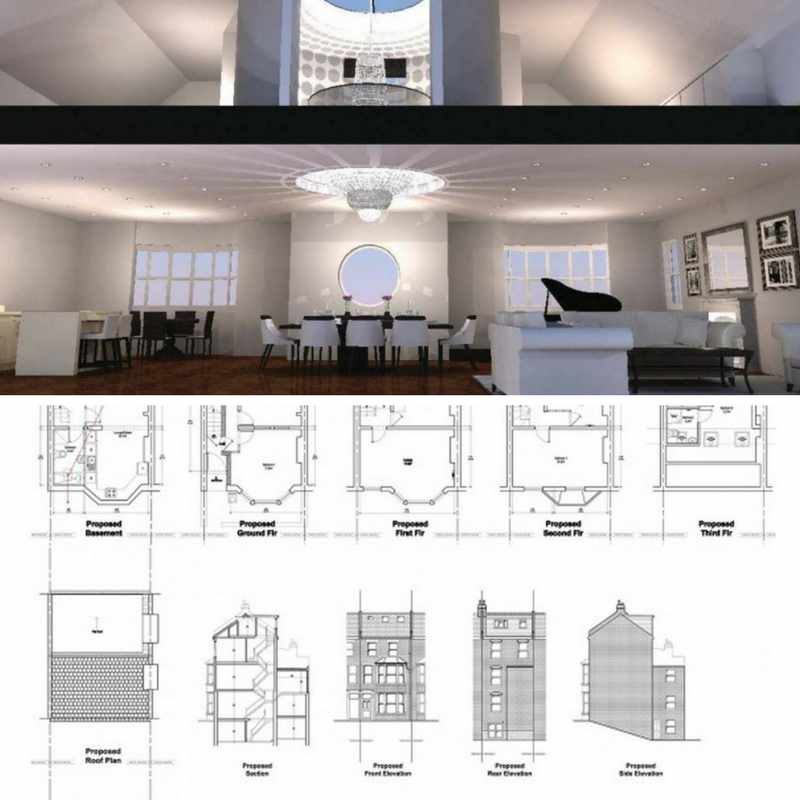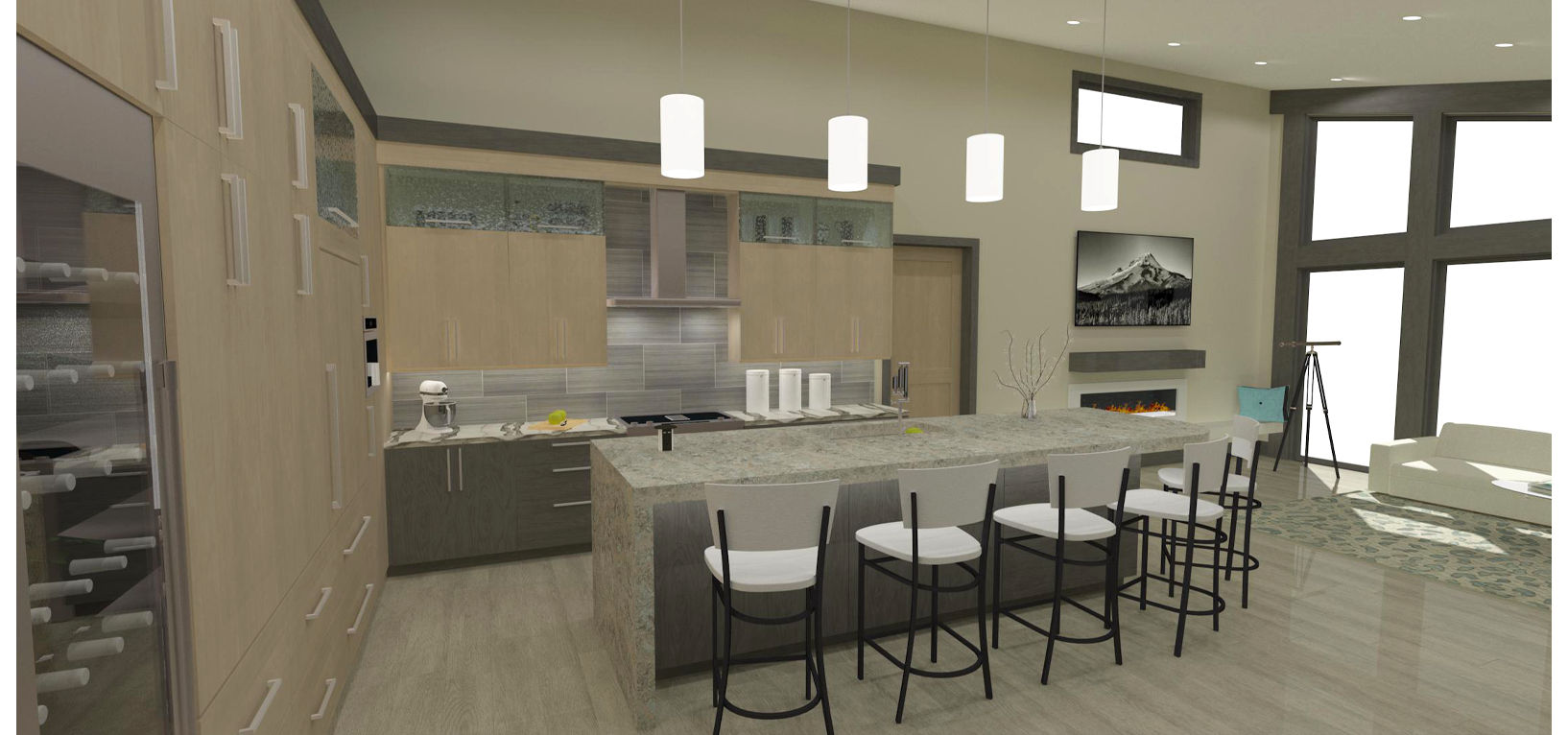The Art of Equilibrium: How Interior Design and Home Designer Collaborate for Stunning Results
In the world of home design, striking a balance between looks and performance is no tiny task. This fragile stability is attained via the unified partnership between interior designers and engineers, each bringing their one-of-a-kind proficiency to the table. Stay with us as we explore the details of this joint procedure and its transformative effect on home design.
Understanding the Core Distinctions In Between Interior Design and Home Style
While both Interior Design and home design play vital functions in creating aesthetically pleasing and useful areas, they are inherently various self-controls. Home style mostly focuses on the structural aspects of the home, such as constructing codes, safety and security guidelines, and the physical building of the space. It manages the 'bones' of the structure, collaborating with spatial measurements, load-bearing walls, and roofing system styles. On the other hand, Interior Design is a lot more concerned with boosting the visual and sensory experience within that structure. It entails picking and arranging furnishings, choosing color design, and incorporating ornamental elements. While they operate in tandem, their functions, duties, and locations of competence diverge significantly in the development of a harmonious home setting.
The Synergy Between Home Design and Interior Decoration
The harmony between home style and Interior Design depends on a common vision of style and the enhancement of functional looks. When these two fields align sympathetically, they can change a living space from normal to extraordinary. This partnership calls for a much deeper understanding of each discipline's principles and the ability to create a cohesive, visually pleasing atmosphere.
Unifying Style Vision
Linking the vision for home style and Interior Design can create a harmonious living space that is both functional and aesthetically pleasing. The balance begins with an integrated state of mind; designers and indoor designers work together, each bringing their expertise. This unison of ideas creates the layout vision, a plan that overviews the task. This common vision is necessary for uniformity throughout the home, making sure a fluid transition from exterior architecture to indoor rooms. It advertises a synergistic method where architectural components enhance Interior Design elements and vice versa. The outcome is a natural home that shows the property owner's taste, way of life, and personality. Hence, unifying the style vision is important in blending style and Interior Design for stunning outcomes.
Enhancing Functional Appearances
How does the synergy between home architecture and interior style enhance useful aesthetic appeals? Designers lay the foundation with their structural style, ensuring that the space is sensible and reliable. A designer may create a home with high ceilings and big windows.
Significance of Collaboration in Creating Balanced Spaces
The cooperation between interior developers and architects is crucial in producing balanced rooms. It brings harmony in between style and architecture, offering birth to spaces that are not just visually pleasing but likewise functional. Discovering effective collective strategies can supply insights right into how this harmony can be effectively attained.
Harmonizing Layout and Architecture
Balance, a vital facet of both indoor style and design, can just really be achieved when these 2 areas job in consistency. This joint process results in a cohesive, well balanced style where every element adds and has an objective to the general aesthetic. Harmonizing design and style is not simply regarding creating gorgeous spaces, yet concerning crafting areas that work flawlessly for their citizens.
Effective Collaborative Strategies

Case Studies: Successful Combination of Layout and Design
Checking out numerous case studies, it comes to be evident how the successful integration of Interior Design and architecture can change a space. The Glass Residence in Connecticut, renowned for its minimalistic beauty, is one such instance. Designer Philip Johnson and interior designer Mies van der Rohe collaborated to produce an unified balance in between the interior and the framework, resulting in a smooth flow from the exterior landscape to the internal living quarters. Another prototype is the Fallingwater House in Pennsylvania. Designer Frank Lloyd Wright and indoor designer Edgar Kaufmann Jr.'s joint efforts bring about a stunningly special house that blends with its natural environments. These study click to read highlight the extensive influence of a successful style and style collaboration.

Getting Rid Of Difficulties in Design and Design Collaboration
Regardless of the undeniable benefits of a successful partnership between indoor style and style, it is not without its obstacles. Engineers might focus on architectural integrity and safety, while designers focus on comfort and style. Effective communication, mutual understanding, and compromise are essential to conquer these challenges and achieve a harmonious and successful cooperation.

Future Trends: The Progressing Relationship In Between Home Architects and Interior Designers
As the globe of home layout remains to evolve, so does the connection in between engineers and interior designers. The trend leans towards an extra collaborative and integrated technique, damaging without traditional functions. Engineers are no longer entirely concentrated on structural integrity, however additionally participate important source in improving visual allure - Winchester architect. Conversely, indoor designers are accepting technological facets, influencing general design and capability. This evolving symbiosis is driven by improvements in modern technology and the expanding need for spaces that are not only visually pleasing however lasting and also useful. The future guarantees a much more natural, cutting-edge, and flexible strategy to home layout, as architects and designers remain to blur the lines, fostering a relationship that really embodies the art of balance.
Conclusion
The art of equilibrium in home style is accomplished through the unified cooperation between interior developers and designers. An understanding of each other's disciplines, reliable interaction, and shared vision are important in creating aesthetically sensational, practical, and inviting rooms. In spite of challenges, this collaboration promotes growth and technology in style. As the relationship in between home designers and interior designers develops, it will proceed to form future trends, improving comfort, performance, and personal expression in our home.
While both indoor design and i thought about this home style play important duties in creating cosmetically pleasing and functional areas, they are naturally different techniques.The synergy in between home style and interior style exists in a shared vision of style and the improvement of functional aesthetics.Combining the vision for home style and interior design can produce an unified living space that is both practical and cosmetically pleasing. Thus, unifying the design vision is vital in mixing architecture and interior style for magnificent results.
Exactly how does the harmony in between home style and indoor design improve practical appearances? (Winchester architect)